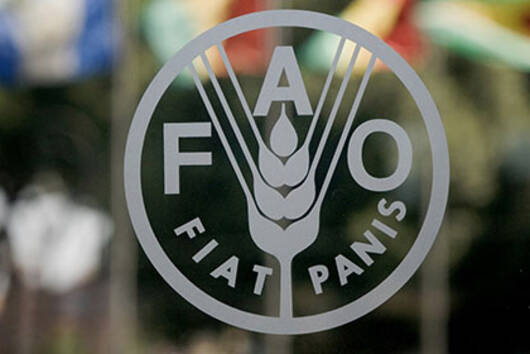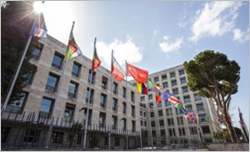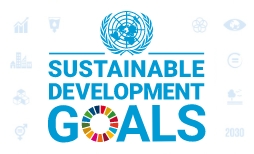FAO Strategic Framework 2022-31 seeks to support the 2030 Agenda for Sustainable Development through the transformation to MORE efficient, inclusive, resilient and sustainable agri-food systems for better production, better nutrition, a better environment, and a better life, leaving no one behind.
The four betters represent an organising principle for how FAO intends to contribute directly to SDG 1 (No poverty), SDG 2 (Zero hunger), and SDG 10 (Reduced inequalities), as well as to supporting achievement of the broader SDG agenda, which is crucial for attaining FAO’s overall vision. The four betters reflect the interconnected economic, social and environmental dimensions of agri-food systems. As such, they also encourage a strategic and systems-oriented approach within all FAO’s interventions.
Closely interlinked with FAO’s strategic vision is the reinvigorated, fit-for-purpose business model, which aims to ensure an inclusive and agile Organization that is transparent, open, innovative, responsible, effective and impactful - and that serves its Members to achieve the four betters.
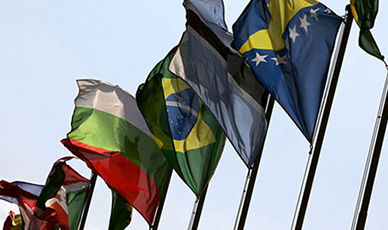
UNDS repositioning and FAO Country Programming Frameworks (CPFs)
The CPF is FAO’s planning and programming strategic instrument at country level. FAO has revamped and boosted its country-level planning to be fully integrated with the UNSDCF and to better place FAO within the UN development system repositioning at country level.
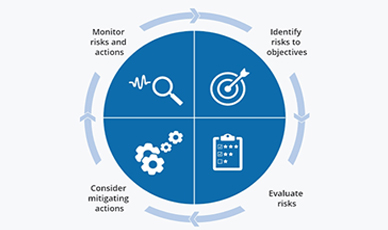
Risk management, internal control and accountability
FAO is committed to a continuous process of strengthening risk management and internal controls throughout the Organization to ensure streamlined delivery of its objectives while managing the associated risks.
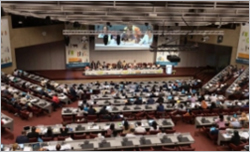
FAO's cost recovery policy
OSP develops and monitors the implementation of the Organization’s cost recovery policy as decided by FAO Governing Bodies. The Policy is designed to ensure that FAO’s costs are correctly measured and distributed among all funding sources, consistent with UN-system policy and UN General Assembly-encouraged practices.

